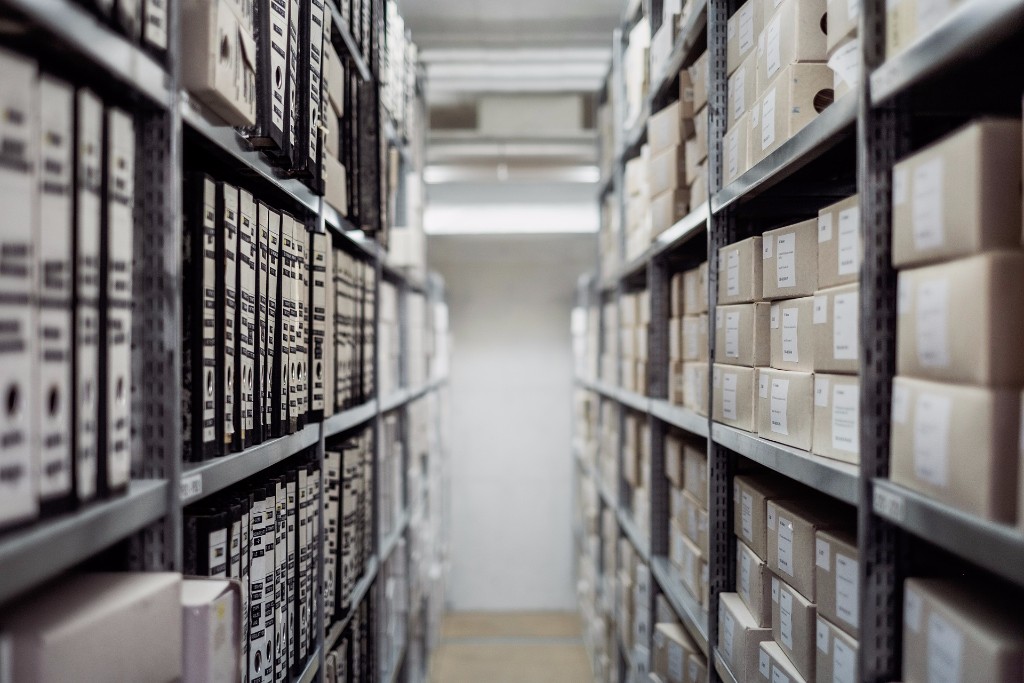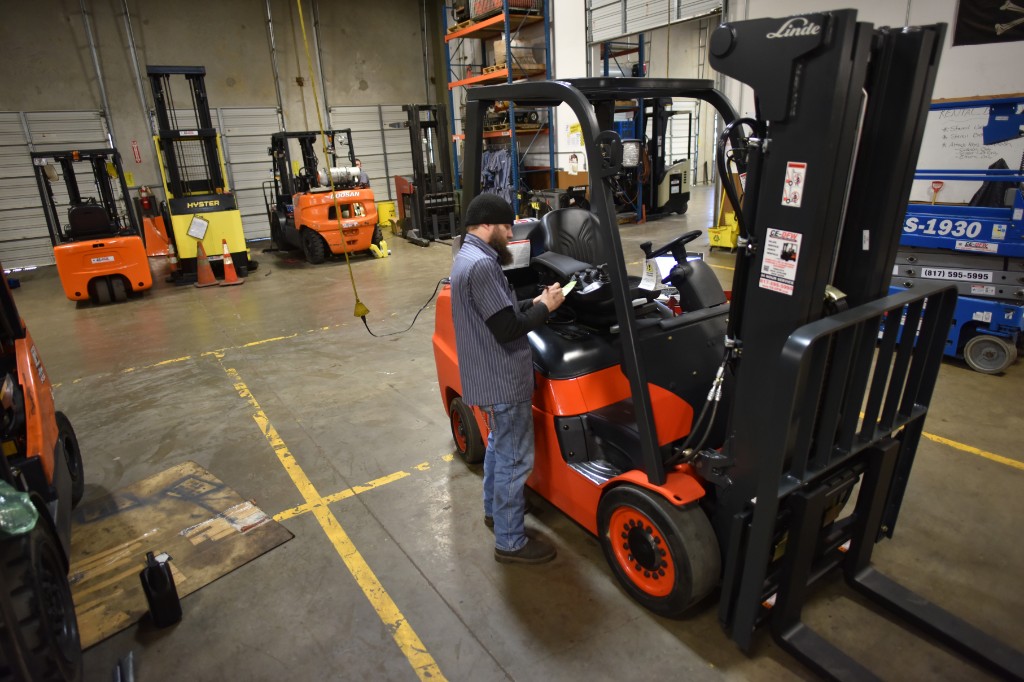The list of costs required to run a warehouse is long. From labor to handling inventory to equipment and more, running a warehouse can get very expensive very quickly. However, there are practices that can reduce costs without diminishing productivity and efficiency. Check out these tips to reduce warehouse costs while maintaining and even improving productivity.
Labor management
Labor costs are one of the largest expenses when it comes to managing a warehouse. The following are just a few of the many ways to effectively reduce labor costs and improve employee productivity.
Employee training is essential. Employees should be trained not only in their specific line of work, but also informed about the organization’s goals and expectations of its employees. Cross training is another way to improve productivity and ensure the warehouse operations continue to run smoothly in someone’s absence.
Investing in employee training pays off in the long run, so long as employees stay with an organization long enough. Hiring someone is an investment, and if an employee doesn’t stick around for too long, your company can lose money. By focusing on employee retention, your investments can pay off.
Reducing space and optimizing storage
Another large contribution to overall warehouse expenses is land costs. It’s possible to work in a smaller, less expensive space by optimizing storage. Here are a couple of helpful storage practices to keep in mind.
Racking allows you to optimize storage space and store inventory efficiently. Use racking to increase the number of pallets stored in your space and the square footage it allows. There are different ways of racking, but one common use is to build tall and narrow. The right racking system depends on your inventory, so make sure you are using the safest method possible.
Aisles are imperative when it comes to navigating through a warehouse and allowing forklifts and other equipment to get to inventory, and they can unfortunately be quite a space consumer. But by knowing the dimensions of various lifts that need to move through your aisles and get to certain items, you can reduce aisle space for optimal use. Different lifts are required for different products, so sort your inventory accordingly with the equipment required to handle and move it.
Inventory management
After optimizing your storage space, inventory management is the next step to reduce warehouse costs. Racking and sorting items in aisles according to the equipment that needs to reach them is a start, but there are other ways to manage your inventory in a cost and production efficient manner. Slotting refers to figuring out where each item should be located in your warehouse. An effective slotting strategy will ensure that products are in the right place at the right time, making handling of materials easier and faster.
Optimize equipment use
From forklifts to storage structures and more, equipment is another expense that can become quite costly in a warehouse. Here are a few things to keep in mind to get the best out of your equipment without paying an arm and a leg.
First, consider renting or leasing equipment rather than buying. There are different advantages for renting and buying, so evaluate your options and see which would option would work best for your organization.
Another cost to keep in mind when it comes to equipment is repair expenses. Use preventive maintenance to avoid equipment failure. Be sure to regularly check the conditions of your equipment to avoid failure and any possible incidents or injuries that may result.



